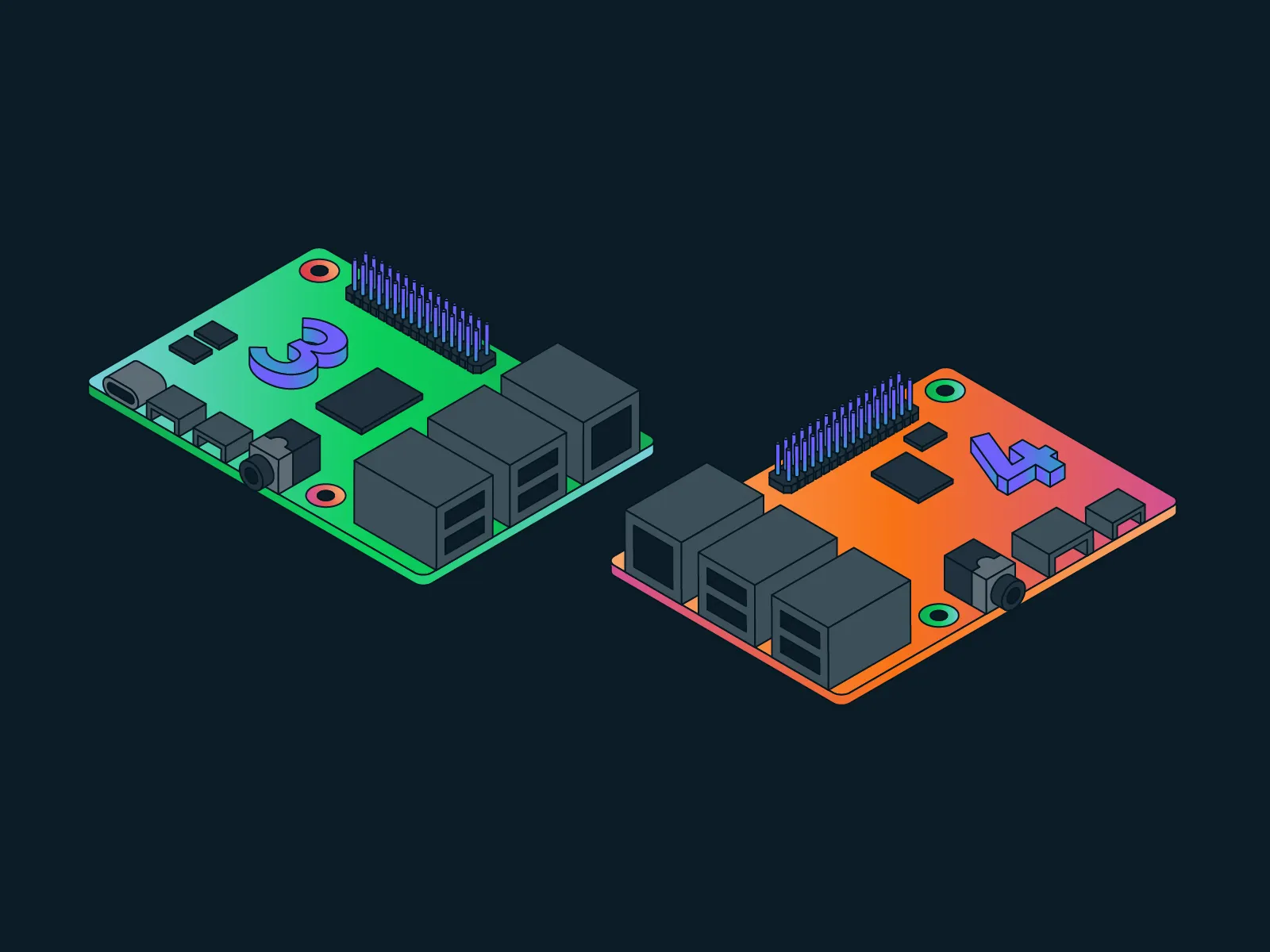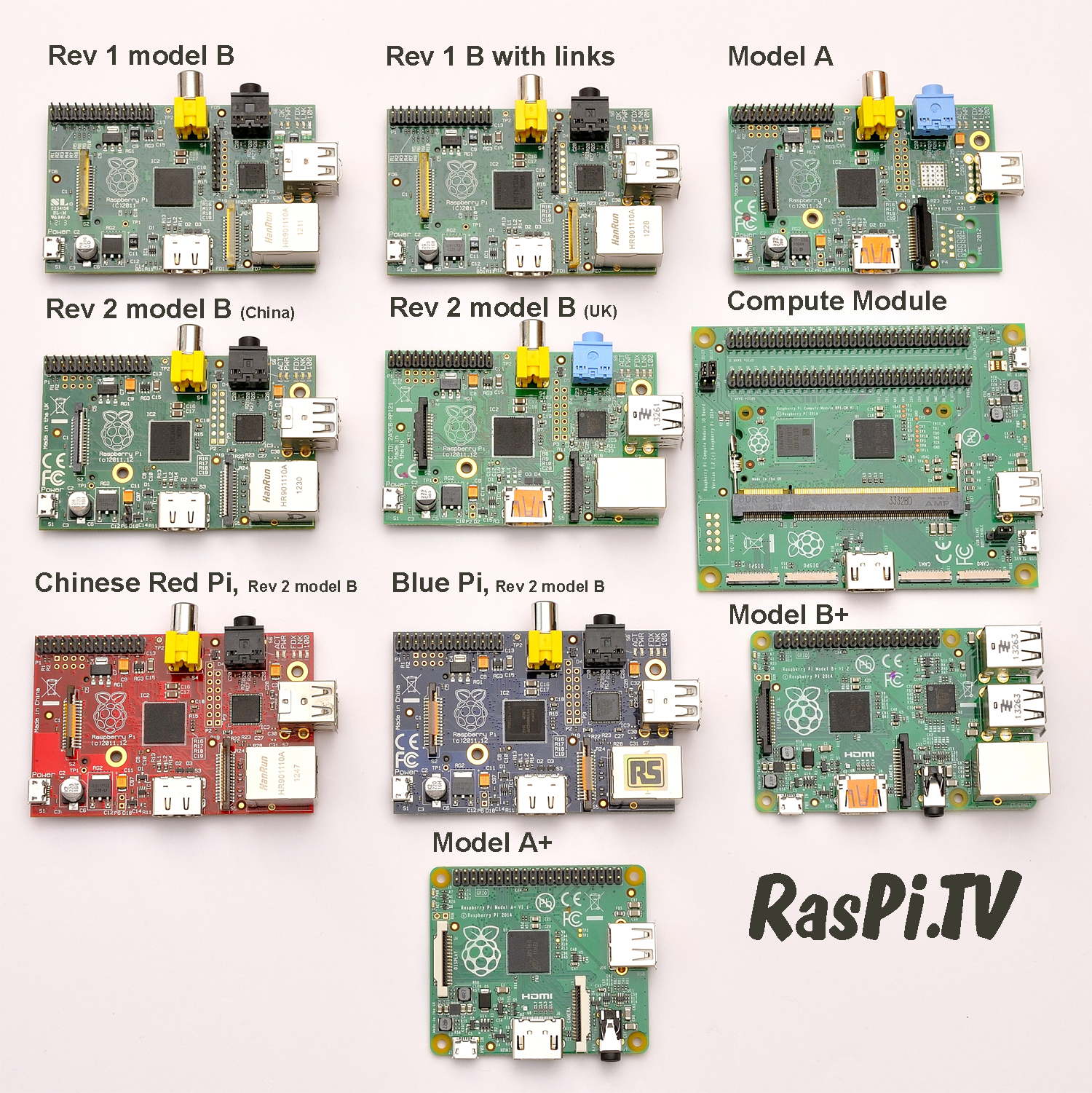Managing multiple Raspberry Pis can seem daunting at first, but with the right strategies and tools, it becomes a breeze. Whether you're setting up a home automation system, building a cluster for computing power, or running IoT devices, understanding how to manage multiple Raspberry Pis is crucial. This guide will walk you through everything you need to know to take control of your Pi fleet like a pro.
Picture this: you've got five, ten, or even twenty Raspberry Pis running different tasks, and you're scratching your head wondering how to keep track of them all. It's not just about setting them up once and forgetting about them. You need to monitor performance, update software, and troubleshoot issues when things go sideways. Sounds like a lot? Don't worry, we've got you covered.
This article dives deep into the world of managing multiple Raspberry Pis. We'll cover everything from organizing your setup to automating routine tasks. By the end of this read, you'll have all the knowledge you need to manage your Pis efficiently without losing your cool. So, grab a cup of coffee, sit back, and let's get started!
- Undress Ai The Revolutionary Technology Shaping The Future Of Digital Design
- Discovering Iradha A Comprehensive Guide To Her Life Achievements And Legacy
Table of Contents
- Why Manage Multiple Raspberry Pis?
- A Quick Biography of Raspberry Pi
- Choosing the Right Hardware
- Network Configuration for Multiple Pis
- Remote Access Solutions
- Tools for Managing Multiple Raspberry Pis
- Software Automation and Scripting
- Security Best Practices for Your Pi Fleet
- Monitoring and Logging for Efficient Management
- Scaling Your Raspberry Pi Setup
- Conclusion
Why Manage Multiple Raspberry Pis?
Alright, let's get real here. Managing multiple Raspberry Pis isn't just about having a cool tech setup; it's about maximizing productivity and efficiency. Imagine you're running a small business where each Pi handles a specific task—monitoring inventory, controlling lighting, or managing security cameras. If one of those Pis goes down, your entire operation could be affected. That's where proper management comes in.
Having a centralized way to manage all your Pis ensures that everything runs smoothly. You can update software across all devices simultaneously, monitor their health, and even scale your setup as your needs grow. Plus, who doesn't love the satisfaction of seeing their Pi fleet working in harmony? It's like having a tiny army of computers doing your bidding!
Key Benefits of Managing Multiple Raspberry Pis
- Streamlined updates and maintenance
- Improved security through centralized management
- Scalability for growing projects
- Reduced downtime and troubleshooting time
A Quick Biography of Raspberry Pi
Before we dive deeper into managing multiple Raspberry Pis, let's take a moment to appreciate where it all began. The Raspberry Pi Foundation introduced the first Raspberry Pi in 2012 as an affordable, credit-card-sized computer aimed at teaching kids programming. Fast forward to today, and the Pi has become a staple in DIY projects, educational tools, and even enterprise solutions.
- Mastering Remoteiot Vpc Ssh Raspberry Pi Aws For Windows The Ultimate Guide
- Simon Cowell The Visionary Behind Modern Music And Entertainment
The Raspberry Pi comes in various models, each catering to different needs. From the tiny Pi Zero to the powerhouse Pi 4, there's a model for every project you can imagine. Below is a quick overview of the most popular models:
| Model | Release Date | RAM | Processor |
|---|---|---|---|
| Raspberry Pi 4 | 2019 | 2GB/4GB/8GB | Broadcom BCM2711, Quad-core Cortex-A72 |
| Raspberry Pi 3 Model B+ | 2018 | 1GB | Broadcom BCM2837B0, Quad-core Cortex-A53 |
| Raspberry Pi Zero W | 2017 | 512MB | Broadcom BCM2835, Single-core ARM11 |
Understanding the capabilities of each model helps you choose the right hardware for your projects, which we'll discuss next.
Choosing the Right Hardware
When managing multiple Raspberry Pis, selecting the right hardware is key to ensuring smooth operations. You want to make sure each Pi is equipped with the necessary components to handle its assigned tasks. Here are some factors to consider:
- Power Supply: Use high-quality power adapters or a power distribution board to ensure all Pis receive stable power.
- Storage: MicroSD cards are the go-to storage solution for Pis. Opt for reliable, high-speed cards to avoid performance bottlenecks.
- Cooling: If you're running multiple Pis in a confined space, consider adding heatsinks or fans to prevent overheating.
Remember, hardware choices depend on your specific use case. For example, if you're building a compute cluster, you might prioritize faster processors and more RAM. On the other hand, a simple home automation setup might only require basic models.
Network Configuration for Multiple Pis
Setting up a proper network is essential when managing multiple Raspberry Pis. A well-configured network ensures seamless communication between devices and allows you to access them remotely. Here are some tips:
Static IP Addresses
Assigning static IP addresses to each Pi makes it easier to identify and connect to them. This way, you won't have to worry about IP changes disrupting your setup.
Wi-Fi vs Ethernet
While Wi-Fi offers convenience, Ethernet provides more stability and faster speeds. For critical applications, consider using Ethernet connections whenever possible.
Remote Access Solutions
Being able to access your Raspberry Pis remotely is a game-changer. It allows you to manage them without being physically present. Here are some popular remote access solutions:
- SSH (Secure Shell): A secure way to connect to your Pis from any device with an SSH client.
- VNC (Virtual Network Computing): Enables you to access the graphical interface of your Pis remotely.
- TeamViewer: A user-friendly option for remote access that works across platforms.
Each solution has its pros and cons, so choose the one that best fits your needs. For added security, always use strong passwords and enable two-factor authentication if possible.
Tools for Managing Multiple Raspberry Pis
There are several tools available to help you manage multiple Raspberry Pis more effectively. These tools offer features like centralized control, automated updates, and monitoring capabilities. Let's take a look at some of the best options:
Fleet Commander
Fleet Commander is a web-based management tool designed specifically for Raspberry Pi fleets. It allows you to manage multiple Pis from a single dashboard, making it an excellent choice for large setups.
BalenaCloud
BalenaCloud provides a comprehensive platform for managing IoT devices, including Raspberry Pis. It offers features like over-the-air updates, device monitoring, and deployment management.
Software Automation and Scripting
Automation is your best friend when managing multiple Raspberry Pis. By writing scripts and using automation tools, you can save time and reduce the risk of human error. Here are a few ideas:
- Automate software updates using cron jobs.
- Create scripts for routine maintenance tasks like log rotation and disk cleanup.
- Use Ansible or Puppet for configuration management across all Pis.
Investing time in setting up automation early on will pay off in the long run, especially as your Pi fleet grows.
Security Best Practices for Your Pi Fleet
Security should always be a top priority when managing multiple Raspberry Pis. A single compromised Pi can jeopardize your entire setup. Follow these best practices to keep your fleet secure:
- Regularly update software and firmware to patch vulnerabilities.
- Use firewalls to control incoming and outgoing traffic.
- Disable unnecessary services and ports to minimize attack surfaces.
Additionally, consider using tools like Fail2Ban to protect against brute-force attacks and monitor your systems for suspicious activity.
Monitoring and Logging for Efficient Management
Monitoring and logging are essential for maintaining the health of your Raspberry Pi fleet. They help you identify issues before they become major problems and provide valuable insights into system performance. Here's how you can implement monitoring and logging:
Monitoring Tools
Tools like Prometheus and Grafana allow you to collect and visualize metrics from your Pis, giving you a clear picture of their performance.
Logging Solutions
Centralize your logs using tools like ELK Stack (Elasticsearch, Logstash, Kibana) or rsyslog. This makes it easier to analyze and troubleshoot issues across all devices.
Scaling Your Raspberry Pi Setup
As your projects grow, so will your Pi fleet. Scaling your setup requires careful planning and organization. Here are some tips to help you scale effectively:
- Standardize your hardware and software configurations to simplify management.
- Invest in robust networking infrastructure to handle increased traffic.
- Consider using cloud services for offloading resource-intensive tasks.
Scaling doesn't have to be intimidating. With the right strategies in place, you can expand your setup while maintaining efficiency and control.
Conclusion
Managing multiple Raspberry Pis might seem like a challenge, but with the right tools and techniques, it becomes an exciting journey. From choosing the right hardware to implementing automation and security measures, each step brings you closer to mastering your Pi fleet.
So, what are you waiting for? Dive into the world of Raspberry Pi management and unlock the full potential of your projects. Don't forget to share your experiences in the comments below and check out our other articles for more tips and tricks.
Remember, the key to success is staying informed and keeping your setup up-to-date. Happy tinkering!
- Comprehensive Guide To Ofilmywap Your Ultimate Movie Destination
- Raspberry Pi Remoteiot Download Android A Comprehensive Guide To Iot Connectivity


